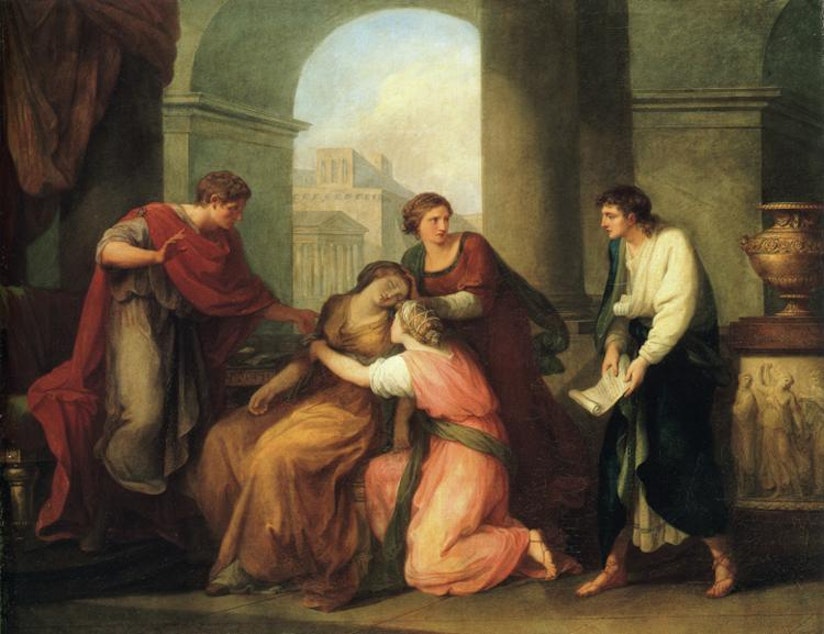What Do 'The Aeneid' And 'Fifty Shades Of Grey' Have In Common?

Fan fiction may seem like a modern Internet phenomenon, but in fact, the genre has plenty of historical roots and mainstream appeal.
Slate editor Dan Kois gave some examples on KUOW's The Record: BBC’s popular modernization of Arthur Conan Doyle's Sherlock, Superman hanging out with Spiderman in the DC-Marvel comics crossovers of the 1970s, the Brontë sisters making up adventure stories about a local dignitary, and Virgil riffing on Homer in “The Aeneid.”
“That’s the joy of it. There is no fandom so niche that someone has not thought, ‘I want to write in this world,’” Kois said.
Kois described fan fiction as a way readers take ownership of the characters and stories they love and explore the nooks and crannies that weren’t there in the original material.
"When you really love a story, it inhabits your brain in a way that convinces you – even if you are a totally rational and reasonable person that understands that these people are fictional – they still live in there and set up roots in your imagination and they grow," Kois said.
Sponsored
"And you want to water those plants – you want to let them flower. People really bond with these characters and view them as belonging not to the creators, necessarily, or to the world, but to them personally."
Produced for the Web by Kara McDermott.
